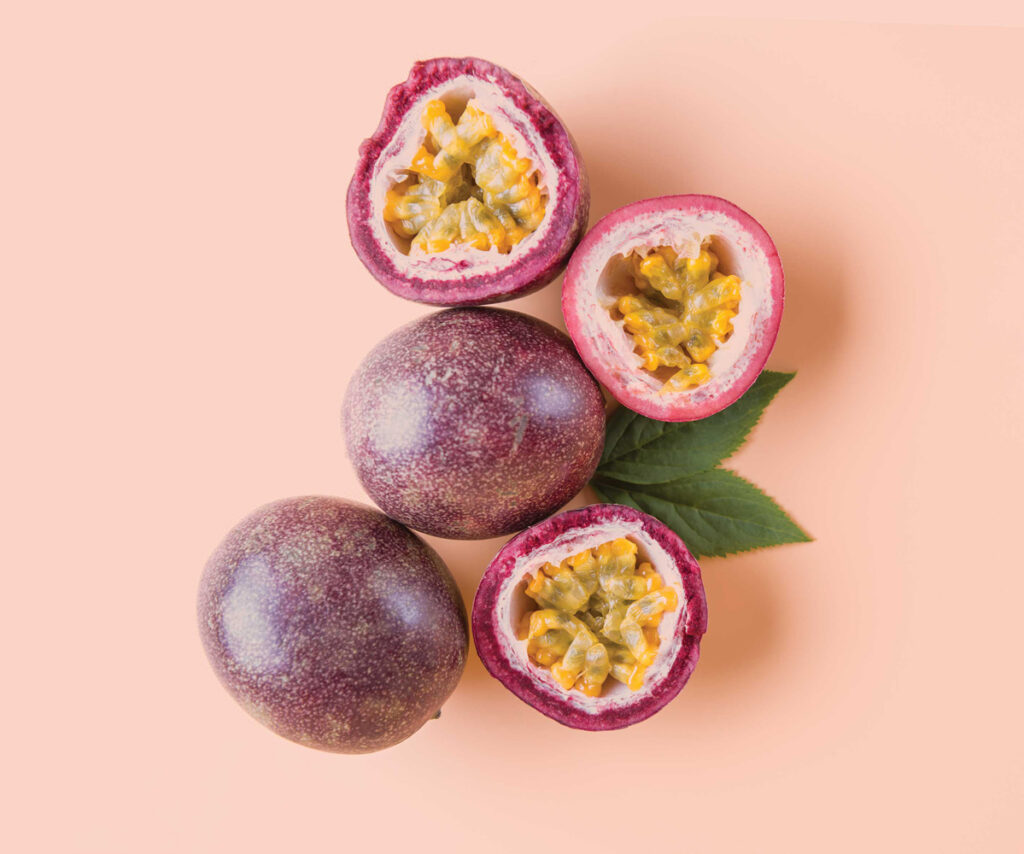March 2020
Karen Sutherland’s regular permaculture tips.
- At the end of an incredibly difficult summer, it’s more important than ever to be conscious of how we value, use and manage water, in our homes and in our gardens. For those living in areas where water has become scarce this is especially important. In the house, be mindful of water use and save some from rinsing vegetables and rice and warming the shower. Keep a small bucket in the kitchen sink and use this to catch rinse water, transferring it regularly to a larger bucket on the floor, which can be taken outside to water thirsty plants. In the garden, install rainwater tanks for watering if you can. Tank overflows can be diverted into gravel-filled trenches in the garden near water-hungry plants. Stormwater can also be diverted from your downpipes into your garden into a system of these trenches, sometimes known as French drains, with fruit trees planted alongside the drains to utilise the water. Always use a plumber when making storm water alterations.
- As the weather starts to cool off, try planting some quick growing vegetables to supplement your dwindling summer harvest. Turnips are not the most popular vegetables in the patch but as with all food plants, knowing which variety to plant makes all the difference. Hakurei turnips are small, snowy white, can be harvested in only 30 days and are versatile in the kitchen. Sow seeds directly in a row into a sunny, well-prepared soil with no large soil clumps. Cover lightly with sifted soil and keep damp until after germination with a light spray from a watering can twice per day at least. Water regularly to keep them growing well and to produce good sized turnips, which can be harvested either when golf ball-size or left to grow up to 50 millimetres diameter, which may take up to 50 days. Unlike other turnips they are sweet when eaten raw; try them grated in salads, chopped up for pickles or sliced for scooping up dips. They can also be eaten cooked, and are good baked, as well as sautéed with their own sweeter-tasting green tops, which has the effect of balancing the slightly bitter flavour of the turnips as well as utilising all of the plant.
- Planning and planting for winter and spring vegetable harvests starts once the weather finally turns the corner into autumn. Be mindful of the weather, as if these crops are planted too early, and the weather remains too warm, or even if there are hot days and you neglect to water properly, cooler weather vegetables may think their time to peak has come, and they will finish off their life cycle then and there. Cool weather legumes such as peas, snow peas and sugar snap peas all need stable cool temperatures to grow into full sized plants before starting to flower and produce pods in spring. Late warm weather may trick them into flowering in autumn and producing some pods if there are still enough bees about. They then may not be interested in growing through winter, for their usual production time of spring. Gardeners in cold climates such as Hobart are best to plant these vegetables in late winter, to avoid winter frosts.
- The fruits of autumn often feature a tougher outer skin than summer’s fruits or sometimes have a shell – think passionfruit and feijoa. While these outer layers are welcome additions to the compost heap, you can also extract some more value from some of them before the worms and microorganisms have their way with them. Half-fill a large pot with breakfast bowl leftovers like passionfruit shells and some tough pineapple offcuts. As they come into season you can add fruits like lilly pillies and strawberry and lemon cherry guavas, which have a high seed- and skinto- flesh ratio so can be tiresome to eat fresh. Feijoa skins also work well, although tamarillo skins are bitter so are best avoided. Top up the pot with water to just over the level of the fruit skins and sprinkle in some of your favourite sweetener to taste; coconut sugar works well. Simmer on a very low stove for half an hour or so, then remove the pot to sit for an hour to cool with a lid on top. Strain the liquid off into a bottle or jar and keep refrigerated for three–four days. To serve, pour cordial over ice and top up with sparking or still water, adding some extra sweetness with runny honey or other sweeteners. Super refreshing!
- Looking to grow some native fruits in your garden for an autumn harvest? Midyim berries are one of the easiest and most prolific native fruiting plants to grow. Native to coastal regions of NSW and Queensland, these plants prefer a shady position where they will grow to 50 centimetres – one metre high. Like all fruiting plants, they will do better with regular watering and also respond well to being pruned at least once per year. Pruning is usually best done after fruiting or before vigorous spring growth. Cut back any long arching stems by around half, and tip prune other shorter growth to encourage bushier plants with more flowers and fruit. Although they are self-pollinating, midyim berries fruit better when grown in groups of three or so plants. The fruits are the size of small blueberries; pale mauve with small dark purple flecks and are sweet, with spicy notes of ginger and eucalyptus.



